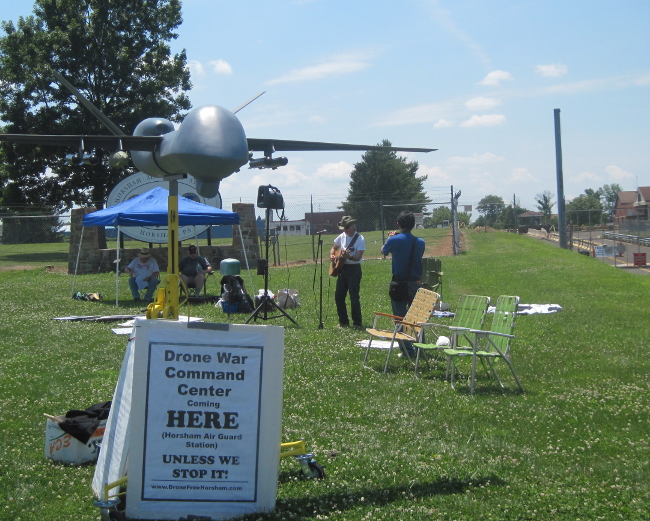
28 June 2014

The blogger Emptywheel (Marcy Wheeler) writes about the complete cluster**** that is the current situation with ISIS, Iraq, Syria, Iran, etc. First, the US attempted to locate a “moderate” Syrian force t oppose Assad with, then Assad launches an airstrike against ISIS (Supporting the US) and it took awhile to figure out who launched the airstrike.
But now, inside Iraq, state media is initially unable to distinguish an action taken by Assad from one taken by the US. That is, Assad, whom we are fighting inside Syria, is on our side inside Iraq.

Iran is now openly flying reconnaissance missions from Baghdad. In fact,
Gen. Qassim Suleimani, the head of Iran’s paramilitary Quds Force, has visited Iraq at least twice to help Iraqi military advisers plot strategy.
Imagine that. What many in the military would call one of our most dangerous enemies, the Quds Force, is providing exactly the same function in Iraq as US military members.
Oh, and some extremely good news to report is that “...the last consignment of Syria’s declared chemical weapons material left the country.” This last, of course, received little or no news coverage because, y'know, that would confuse the populace. People wouldn't know what was going on.

Singers 1 /// Singers 2 /// Singers 3
Emptywheel took on the awesome job of examining the big drone story of the past month, whether using a drone for the long-range assassination of a US citizen (Anwar al-Awlaki) was legal and appropriate. She finds that the legal justification contains lots and lots of questionable judgments, proving that secret law, just like the secret memos revealed by the Obama Administration about actions taken by the Bush Administration, tends to be very bad law.

Kevin Drum takes the position that it's long past time for Congress to write up a successor to the AUMF as that document is over a dozen years old and is “famously vague” in some critical parts. He feels that “the targeting [of Awlaki] was based on such a flimsy legal pretext” that Congress really needs to come up with a set of less broad, open-ended justifications that leave so much up the Executive branch.
The ACLU has problems with the drone killing of Awlaki as well. The involvement of the CIA is a highly controversial point that the government didn't wish to officially acknowledge even after the CIA's involvement was common public knowledge.

Why is further drone use in warfare more, rather than less likely? Cost is a big factor. Drones are cheaper than people. Adding up all of the infrastructure necessary to operate drones, it only costs $3250 per hour of flight time to use them. The F-35 Joint Strike Fighter, on the other hand, costs up to $16,500 per hour of flight. As drones are used in highly targeted missions, often to go after single individuals, the usual “hearts and minds” strategies aren't as important as they otherwise would be.

Unfortunately, the use of drones may increase the risk of the “slippery slope” that leads to war.
"The increasing use of lethal UAVs may create a slippery slope leading to continual or wider war," the report warns, lending official recognition to a point made for years by leftwing critics of Obama's drone attacks.…
Echoing a criticism from United Nations drone investigator Ben Emmerson, the report finds that "despite the undoubted good faith of US decision-makers, it would be difficult to conclude that US targeted strikes are consistent with core rule of law norms."
…
Yet the presentation of targets of opportunity and the pressure to react in a seemingly cost-free way to terrorist attacks have kept the drones aloft.
The report is more of a warning to be careful about drone strikes than it is a rejection of same. Three Democratic Senators are calling upon the government for more transparency in drone strikes, saying "We believe every American has the right to know when their government believes it is allowed to kill them."